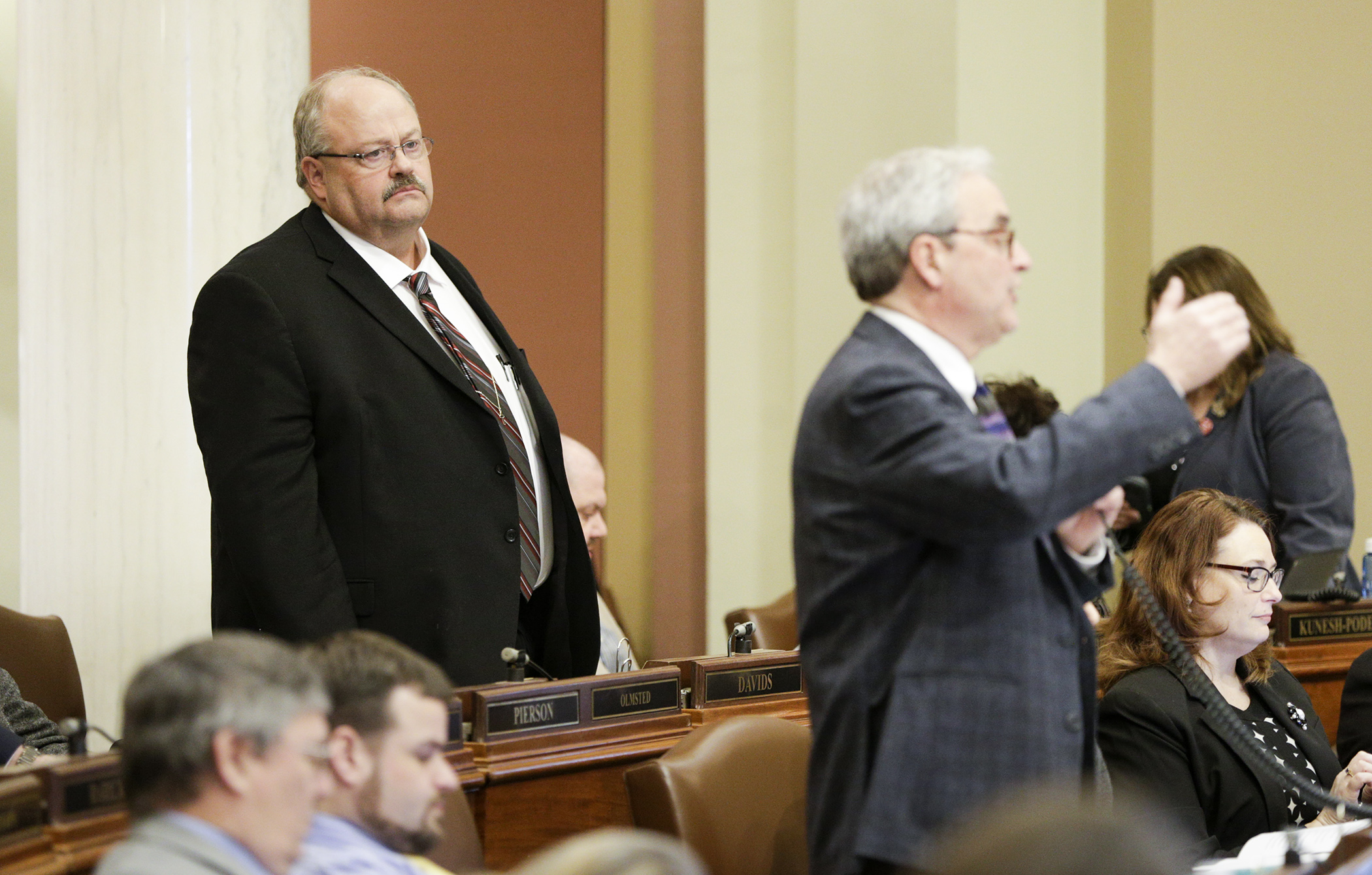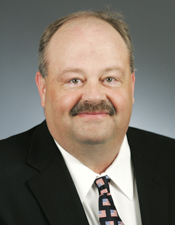House passes reinsurance program aimed at stabilizing individual market

The House passed a bill Monday that would establish a reinsurance program intended to help stabilize rising insurance premiums in the individual marketplace by providing health carriers a collective financial cushion.
Approved on a 78-53 vote, the Minnesota Premium Security Plan Act, or HF5, sponsored by Rep. Greg Davids (R-Preston), would establish an insurance pool for health insurance carriers, governed by the Minnesota Comprehensive Health Association, a Legislature-created nonprofit. Under the plan, carriers would share the burden of high-risk patients’ medical costs once claims hit a certain threshold.
Nonpartisan fiscal staff estimate the plan could cost the state $384 million over the next biennium.
Because an estimated 2 percent of high-risk patients incur approximately 40 percent of the individual market’s medical bills, which, in turn, causes insurance companies to increase premiums throughout their network, proponents believe a reinsurance system will address concerns for insurers and customers alike. Davids said he believes the reinsurance system would result in a 17 to 18 percent decrease in individual premiums.
The bill heads to the Senate where Sen. Gary Dahms (R-Redwood Falls) is the sponsor. That chamber is expected to debate the bill Wednesday.
“This is about moving forward,” Davids said. “This is about getting a market stabilized for 2018.”
Under the plan, once insurers hit $50,000 in claims, they would be eligible for a 50 to 70 percent reimbursement, funded by the established system, up to $250,000 in claims.
The bill would redirect a number of funding sources into this new account, including a one-time $80 million transfer from the Health Care Access Fund, designed in 1992 to increase access to health care for low-income residents. It also includes a $70 million per year credit from the General Fund, along with taxes from insurance companies and HMOs.
Davids said at a news conference earlier in the day that there’s no guarantee the plan will keep insurance companies competing in the state, but added that “reinsurance programs work.”
Some DFLers disagree. Rep. Clark Johnson (DFL-North Mankato) unsuccessfully pushed a plan that would allow customers in the individual market to buy into MinnesotaCare, similar to something Gov. Mark Dayton proposed earlier this year. House Minority Leader Melissa Hortman (DFL-Brooklyn Park) touted her caucus’s plan as “sustainable” and less expensive than the GOP reinsurance bill.
The Republican plan costs “more than $700 million to prop up the individual marketplace in Minnesota through the private insurers,” Hortman said. “This is not affordable. This is not sustainable.”
“Our goal should be people should be able to get health care,” Rep. David Bly (DFL-Northfield) said. “Instead we’re talking a lot about how we have to keep insurance companies interested in offering people access to health care.”
The reinsurance pool is the second major insurance overhaul passed this session in the House. The chamber previously approved a $327 million package that gave insurance companies funding to issue reimbursement checks to individual insurance market consumers.
Related Articles
Search Session Daily
Advanced Search OptionsPriority Dailies
Ways and Means Committee OKs proposed $512 million supplemental budget on party-line vote
By Mike Cook Meeting more needs or fiscal irresponsibility is one way to sum up the differences among the two parties on a supplemental spending package a year after a $72 billion state budg...
Meeting more needs or fiscal irresponsibility is one way to sum up the differences among the two parties on a supplemental spending package a year after a $72 billion state budg...
Minnesota’s projected budget surplus balloons to $3.7 billion, but fiscal pressure still looms
By Rob Hubbard Just as Minnesota has experienced a warmer winter than usual, so has the state’s budget outlook warmed over the past few months.
On Thursday, Minnesota Management and Budget...
Just as Minnesota has experienced a warmer winter than usual, so has the state’s budget outlook warmed over the past few months.
On Thursday, Minnesota Management and Budget...
